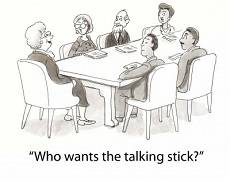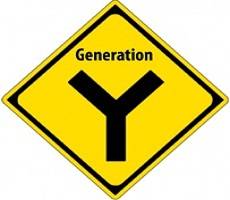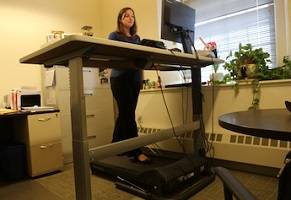October 21, 2013
Job satisfaction keeps employees motivated more than bonuses
 The reported levels of stress felt by banking employees already suggests that generous bonuses do not necessarily equate loving the job. Now a new study published today by the Institute of Leadership & Management (ILM) confirms that across the business sector, the single most effective motivator is job satisfaction (59%), with just 13 per cent saying the prospect of receiving a bonus or other financial incentive motivates them to work harder in their role. The survey of over 1,000 employees found that a competitive salary and a good pension are highly effective motivators (49%) but getting on with colleagues (42%) is nearly as important. The report also highlights how important good managers are to ensuring happy and motivated staff. (more…)
The reported levels of stress felt by banking employees already suggests that generous bonuses do not necessarily equate loving the job. Now a new study published today by the Institute of Leadership & Management (ILM) confirms that across the business sector, the single most effective motivator is job satisfaction (59%), with just 13 per cent saying the prospect of receiving a bonus or other financial incentive motivates them to work harder in their role. The survey of over 1,000 employees found that a competitive salary and a good pension are highly effective motivators (49%) but getting on with colleagues (42%) is nearly as important. The report also highlights how important good managers are to ensuring happy and motivated staff. (more…)





















August 27, 2013
Forget Gen Y – the future workplace is multigenerational
by Mark Eltringham • Comment, Flexible working, Knowledge, Legal news
(more…)